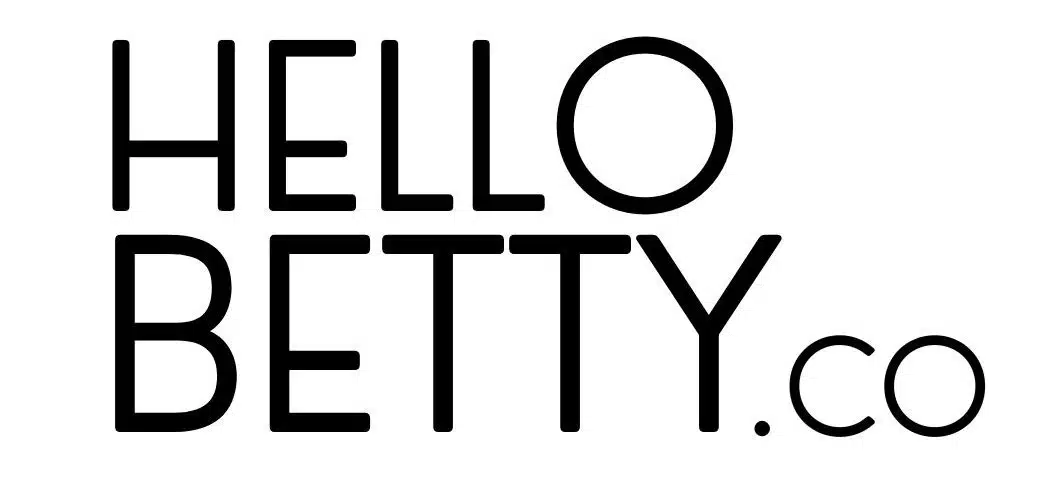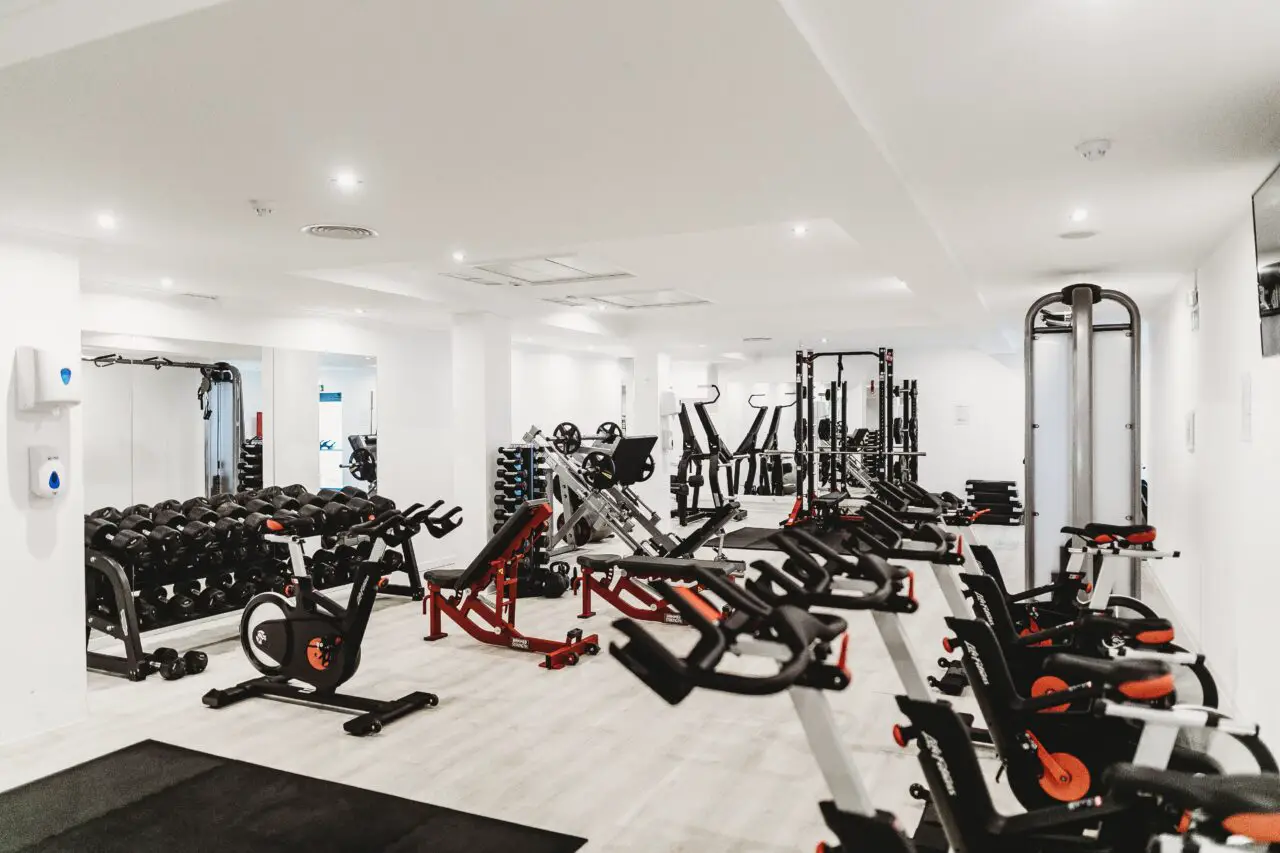Great Options for A Toddler’s Sensory Bin
When your toddler starts to become more curious about the world, you can help them develop their skills and indulge their curiosity in various ways. At this age, they are, as most parents of toddlers will know, information sponges and will absorb anything and everything,reben those bits you don’t want them to.
One method of play that has been used for many years for babies, toddlers, neurodivergent, and sensory-seeking people is a sensory bin. A sensory bin is a bin, tub, bag, or any other container that you fill with different types of materials and products that are all different and can give your toddler a chance to build skills and develop their imagination and satisfy that curiosity by giving them things they wouldn’t usually play with or additional to their toys and the best part is it can be anything and everything.
Let’s have a look at some great options for a toddler’s sensory box.
Note: This post may contain affiliate links, which means if you buy from my link I might make a small commission. This does not affect the price you pay. See the full affiliate disclosure here.
Plush Items
Anything that is soft and squishy is a good idea here. Think soft but smooth cushions, toys, filled plush bags, and even plush. The plush items can be filled with something else for an added sensory experience, such as beads or crinkle paper that makes a noise, or even plush keychains as they have an additional metal chain and clasp they can open and close to. But for those kids who like to experience something soft and smooth, plush items are an excellent choice for a toddler’s sensory box.
Rice/Unpopped Popcorn
The dry ingredients are ideal fillers for a sensory box and are the perfect size and texture for picking up and scooping to their heart’s content. You can leave the rice white or dye it for added sensory fun, but rice and unpopped popcorn are perfect for your toddler’s sensory fun time.
Silicone Kitchen Utensils
The humble kitchen utensil can be massively underrated, and while you aren’t teaching your child to cook at this point, they can be used for many other actions and are perfect for teaching dexterity and fine motor skills to toddlers as they use them to play with other sensory box materials be it water, paint, mixing dry food items or using it “cut” things like play-doh or sand and so on. You can buy child-sized ones if you don’t want to let them use your silicone utensils.
Measuring Cups, Bowls, Trays etc
Sticking with the kitchen theme, anything you have that is sturdy in your kitchen and won’t break easily or harm your child (no knives here) can be ideal for your sensory bin. Jugs, scoops, metal trays, bowls, sieves, whisks, etc., can all be used in play to help your child experiment with what is in front of them.
Anything Else
Simply put, pretty much anything can be used for your sensory bin as long as it’s safe for toddler use. Think paper, aluminum foil, pots, pans, clothes, squeaky toys, sand, water, food coloring, and even a magnifying glass. Building the perfect sensory bins means combining different colors, textures, materials, and items that appeal to all the senses, be it sight, sound, smell, touch, or taste, to expose your child to different possibilities and let them experience these textures and items on their own terms. Plus, this is an easy way to provide hours of fun!



